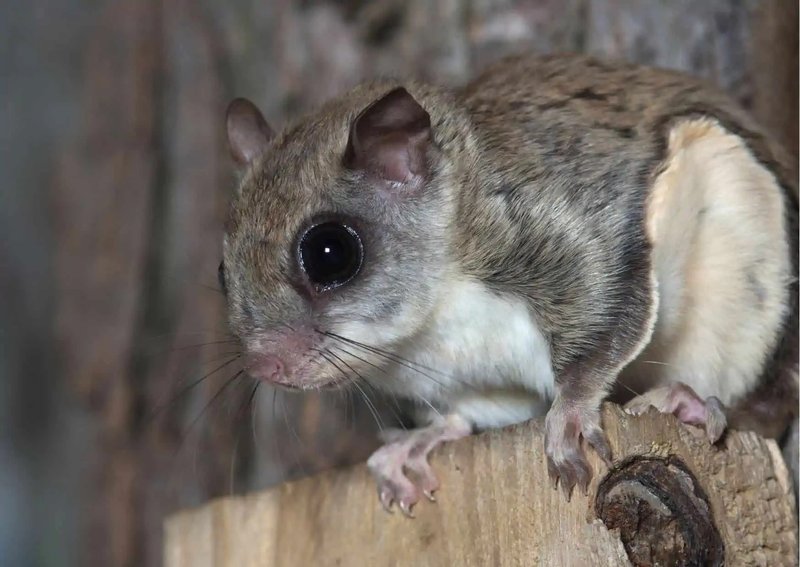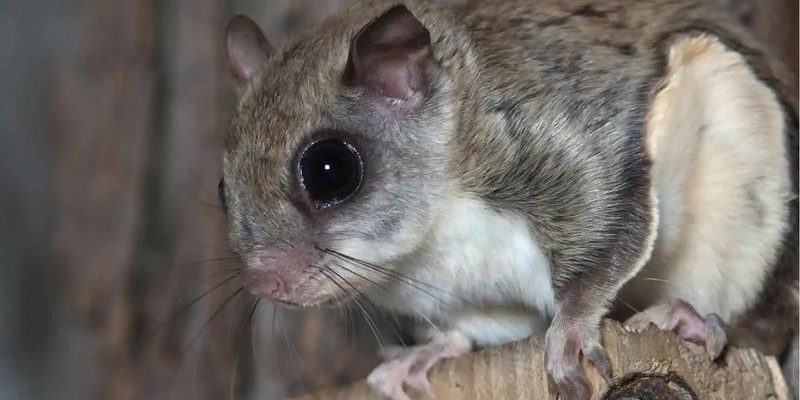
Let’s be honest—many of us might find them enchanting, with their big eyes and furry bodies. They glide through the air like feathered daredevils, spreading a bit of magic into our mundane lives. But, like any animal, flying squirrels have their quirks and potential risks. So, grab your favorite cup of coffee, and let’s dive into this fascinating topic together.
Understanding the Flying Squirrel
Flying squirrels are small to medium-sized rodents found primarily in North America and parts of Asia. Unlike their tree-dwelling relatives, these critters have a unique adaptation—a special membrane stretching from their wrists to their ankles, allowing them to glide impressive distances, often up to 150 feet! Picture a bird soaring through the air; that’s the grace these squirrels embody, yet they lack the ability to fly like birds.
They thrive in wooded environments where they can find plenty of trees to glide between. Interestingly, these creatures are nocturnal, meaning they’re most active after the sun sets. You might stroll through a park at twilight and miss these acrobats, hidden high above in the treetops. While they don’t have a reputation for being aggressive, understanding their behavior will help us get to know them better.
Are Flying Squirrels Aggressive?
You might be surprised to learn that flying squirrels are generally gentle creatures. They’re not known for attacking humans, but like any animal, they can bite when threatened. Imagine a tiny creature faced with a big challenge—it might resort to self-defense. When cornered or frightened, they may perceive humans as a threat, prompting them to act defensively.
In many cases, flying squirrels will choose flight over fight. They prefer to escape rather than confront danger, generously gliding away from potential threats. If you encounter one, it’s usually best to admire from a distance. Creating a fear-free environment is crucial, especially if they’ve made their home in your attic or property.
Transmission of Diseases and Parasites
While flying squirrels are not outright dangerous, they can carry diseases that might concern humans. One such infection is leptospirosis, which is spread through their urine. If their droppings or urine contaminate food or water, they could pose a health risk. Furthermore, like many wild animals, flying squirrels can carry parasites, such as fleas or mites, which may hop onto pets or even humans.
Here’s the thing: awareness is key. If you’re living in an area where flying squirrels are present, keeping potential entry points secured can limit their access to your home. This means checking for gaps in your roof or attics, which can invite not just flying squirrels, but other critters too!
How to Safely Coexist with Flying Squirrels
If you find yourself sharing your space with a flying squirrel, don’t panic! With a few tips, you can coexist peacefully. Start by keeping your environment clean. Remove food sources that may attract these furry friends, like birdseed or fallen fruit. Here are some important steps to consider:
- Seal off entry points in your home, such as holes in the roof or gaps around windows.
- Store food securely in airtight containers.
- Keep outdoor trash bins tightly closed.
These simple actions can minimize potential interactions and help maintain a safe distance. Flying squirrels are best appreciated from afar, where you can enjoy their graceful glides without any worries.
Are Flying Squirrels Protected?
In many regions, flying squirrels are protected under wildlife conservation laws. This could mean that harming or relocating them without proper permits is not allowed. Understanding local wildlife regulations is key if you find flying squirrels in your area. Always consult local wildlife authorities for guidance to ensure you’re acting responsibly.
By understanding their habitat and behavior, we can learn to appreciate their presence without fear. The very act of sharing our environment with these fascinating creatures can foster a deeper connection to nature.
So, can the flying squirrel be dangerous to humans? The short answer is: not really. While they can pose minor health risks and might bite if cornered, flying squirrels are generally harmless and prefer to keep their distance. Their gliding antics and gentle nature can be delightful to observe, making them a unique part of our ecosystem.
Being proactive about prevention and understanding their behavior can lead to a peaceful coexistence. Ultimately, the flying squirrel adds a little magic to our backyards—so let’s celebrate them while respecting their space!

